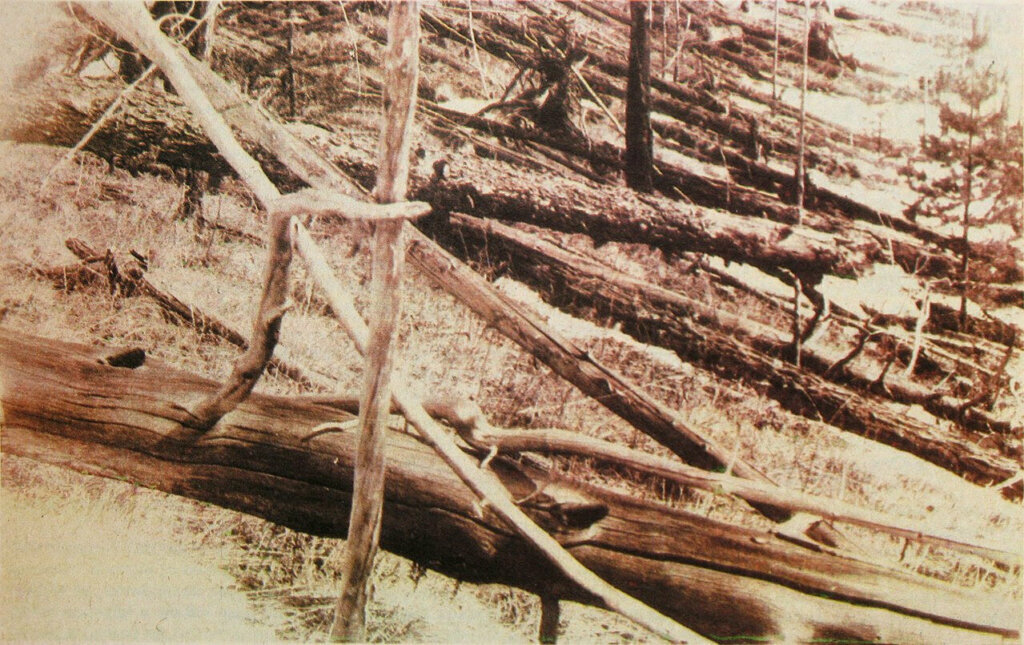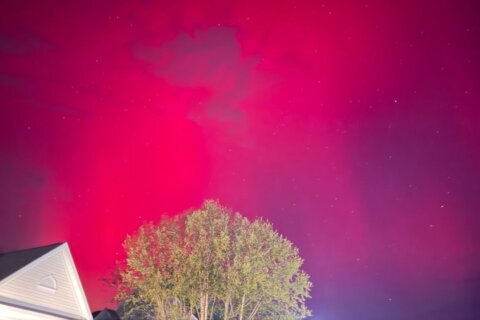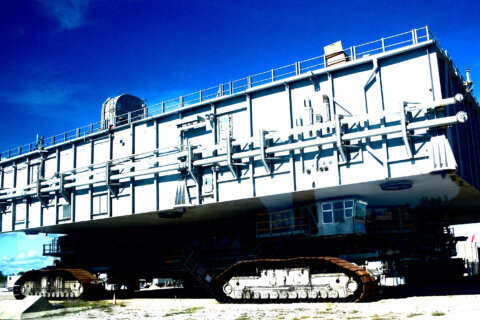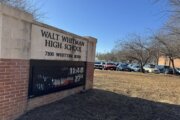
This year’s events for Asteroid Day will be held worldwide and online, unlike last year’s observances, which were affected by the COVID-19 pandemic.
NASA Jet Propulsion Laboratory has made an excellent Asteroid Day webpage, complete with “Teachable Moments, student activities, and educator guides all about asteroids and comets.”
The first Asteroid Day was June 30, 2015. The day represents a “global awareness movement where people from around the world come together to learn about asteroids and what we can do to protect our planet” from asteroid and comet impacts.
June 30 is a significant date in the history of Earth impacts. On that date in 1908, according to NASA, “a stony (not icy) body, between 164 and 262 feet in diameter,” entered the atmosphere at around 34,000 mph. It caused a 10- to 30-megaton explosion, “equivalent to the blast energy of the 1980 Mount St. Helens eruption, at 6 to 9 miles altitude,” over Tunguska, Russia.
The Tunguska Event flattened 800 square miles and 80 million trees. It’s the largest such event of modern times, and Asteroid Day is held every June 30 as a reminder that planetary defense against asteroids and comets matters.
The Chelyabinsk impact event, in 2013, was historic due to the number of injuries and amount of damage to buildings — the most ever caused by an asteroid/meteorite event. The Chelyabinsk Event was the most documented asteroid explosion and meteorite fall ever, due to the number of videos, sound recordings, photographs and witness interviews, and the precise recovery process of associated meteorites.
Chelyabinsk also improved our knowledge of the threat posed by asteroids that are smaller than a kilometer. The smaller asteroids, such as Chelyabinsk, pose a greater hazard for damage than previously thought. In December 2018, an event with 40% of the energy release of Chelyabinsk over the Bering Sea reaffirmed that such events happen more often than we would like.
The United Nations, NASA and other space organizations are developing defensive capability and improved detection of millions of asteroids. NASA and others held a Planetary Defense Conference Exercise in Maryland in 2019.
And in 2021, a space-based telescope mission, NEO Surveyor, designed specifically for finding space rocks large and small — such as Chelyabinsk — was finally approved. This mission will greatly improve our ability to detect space rocks, especially those that lurk near the Sun (such as Chelyabinsk) and as a result cannot be readily seen by Earth-based telescopes.
A worldwide community of citizen astronomers in conjunction with the SETI Institute are actively participating in planetary defense by making real time observations using telescopes made by Unistellar. I bought one of their telescopes in order to participate in their citizen science projects. Unistellar will host a live asteroid occultation event on Asteroid Day at 4 p.m. EDT. You can tune in live and watch an asteroid pass in front of a star and temporarily block it from our view — pretty cool.
A last point to consider: “The dinosaurs are dead because they didn’t have telescopes or a space program.” Once again, this phrase of mine highlights what we need to do to avoid going the way of the dinosaurs who were killed off by an impact in the Yucatán Peninsula 66 million years ago.
The cosmic clock is ticking …
Asteroid Day — become part of the movement.
Follow my daily blog to keep up with the latest news in astronomy and space exploration. You can email me at skyguyinva@gmail.com.







